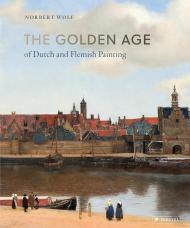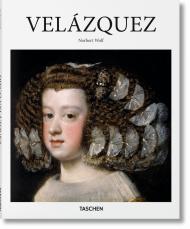Тепер доступний у компактному виданні за привабливою ціною, це щедро ілюстроване, багатогранне дослідження імпресіонізму простежує зародження, розвиток і глобальний вплив цього руху.
Імпресіонізм, один із найвідоміших і найпопулярніших стилів у світі мистецтва, також є одним із найскладніших. У цьому розкішному огляді Норберт Вольф приділяє увагу всім аспектам імпресіонізму: його історичним попередникам, сучасним суперникам і рухам, які він надихнув. Понад 200 широкоформатних репродукцій цілих робіт і виділених деталей знайомлять читачів з естетикою та технікою імпресіоністів. Вулф проводить проникливі паралелі між цими картинами та іншими сучасними творами музики, фотографії та літератури. Простежуючи поширення руху з Франції до решти Європи та Північної Америки, цей том висвітлює головних героїв, які відіграли ключову роль у розвитку імпресіонізму. У ній згадуються не лише французькі піонери — Клод Моне, Гюстав Кайботт, Едуард Мане, П’єр-Огюст Ренуар, Каміль Піссарро та інші, — але й Макс Ліберман, Ловіс Корінф, Джон Сінгер Сарджент, Мері Кассат, Вільям Мерріт Чейз і Джеймс Макніл Вістлер тощо. Розкішне та авторитетне, це широке дослідження моменту в історії мистецтва розкриває роботи та ідеї, які здивують навіть найдосвідченішого шанувальника.
Про автора:
Норберт Вольф — історик мистецтва та письменник із Мюнхена. Він опублікував кілька книг із Prestel, зокрема Art Nouveau, Art Deco, Impressionism, and The Golden Age of Dutch and Flemish Painting, а також монографії про Альбрехта Дюрера та Тиціана
_________
Погортати книгу Impressionism. Reimagining Art на сайтi видавництва.













